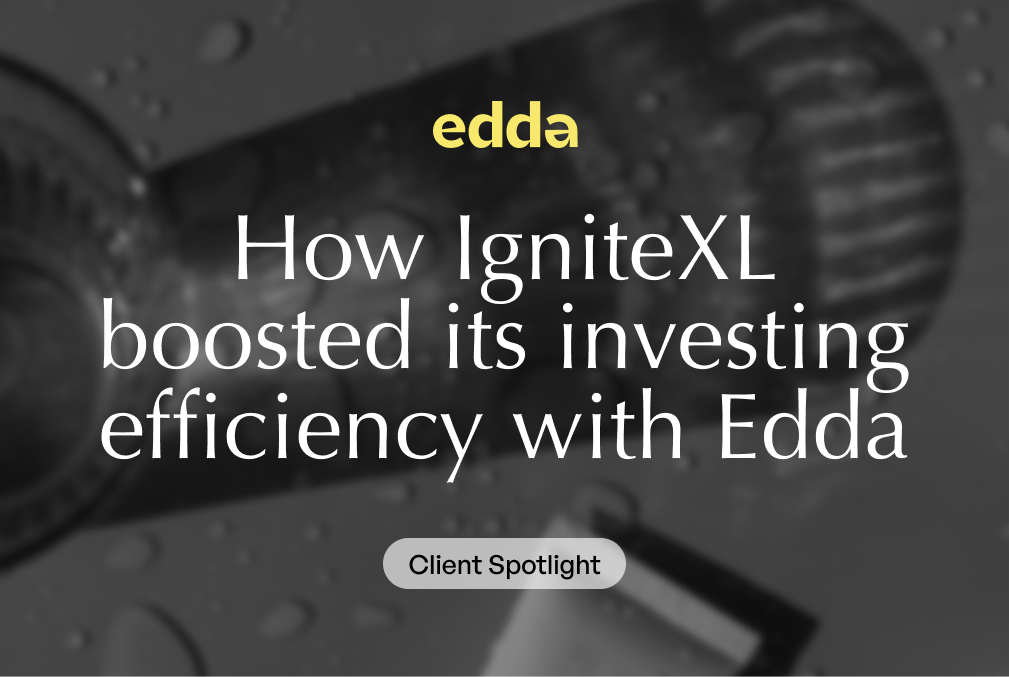Venture capital (VC) is a nuanced and high-risk sector, characterized by both its significant potential for returns and the large stakes involved. Central to this industry is the understanding that the size of a VC fund plays a substantial role in shaping its investment trajectory and outcomes. According to a report by the Dealroom, VC funds in the United States managed approximately $483 billion in total capital in 2022, underscoring the tremendous financial resources at play.
This article aims to delve deeper into the intricate relationship between a VC fund’s size and the strategy it adopts for its investments. It illuminates the strategic shifts a fund may undergo as it scales, and how these changes influence its choice of investments.
Whether you’re a seasoned venture capitalist, a prospective investor contemplating allocations in a VC fund, or an ambitious entrepreneur seeking funding, understanding the implications of a fund’s size is crucial. It not only determines the fund’s risk tolerance and investment horizons but also significantly impacts its operational dynamics and investment focus. With such far-reaching consequences, the fund size emerges as an integral facet of venture capital investment, deserving of close examination and comprehension.
As we traverse the landscape of venture capital, this article endeavors to offer insights into how fund size can shape the fortunes of a VC fund and its portfolio companies. The goal is to equip readers with the knowledge to make more informed decisions and navigate the VC realm with increased confidence. In addition, discover how Edda’s venture capital management software can be a major asset to your firm.
General Overview of Venture Capital Funds
At its core, a venture capital fund is a financial vehicle that pools resources from limited partners (LPs) – typically institutions or wealthy individuals – to invest in high-potential, often early-stage companies. VC funds are typically structured as limited partnerships, with the VC firm serving as the general partner (GP) responsible for making investment decisions.
The Math Behind Venture Capital Funds
The size of a VC fund significantly impacts the kind of investments it can undertake. Larger funds, with more capital at their disposal, generally target larger, more mature companies with proven business models. They can afford to make substantial investments with the expectation of significant returns. In contrast, smaller funds, with less capital, often focus on earlier-stage companies where relatively small investments can yield high returns if the company thrives.
The size of the fund also dictates the minimum investment size. For instance, a large VC fund cannot afford to make many small investments as it would be operationally inefficient. VC funds typically aim for a significant return on the total fund, often targeting a return of at least twice the original fund size to deliver satisfactory results to their LPs.
The Decision-Making Process in Large vs. Small VC Funds
Fund size also influences the VC’s decision-making process. Larger funds often have more bureaucratic investment processes involving multiple layers of approvals, given the substantial amounts of capital at stake. Conversely, smaller funds can often make decisions more swiftly, given their leaner structures and the lower capital risk involved.
Large funds may also tend toward safer, later-stage investments with proven business models and predictable growth rates. In contrast, smaller funds often display a higher tolerance for risk, investing in early-stage startups with significant growth potential but also a higher risk of failure.
The Influence of Fund Size on Success Rates and Returns
The size of a venture capital (VC) fund can indeed wield considerable influence over its success rates and the returns it garners. This connection between fund size, success, and return on investment (ROI) is shaped by the fund’s inherent investment strategy, risk tolerance, and the kinds of startups it targets.
Larger VC funds, given their substantial capital resources, are commonly assumed to invest in more established and ostensibly less risky companies. While these companies may offer a level of predictability given their proven business models and market traction, it’s not always the case that larger VC funds strictly follow this route.
In fact, these funds often pursue a diversified investment strategy. They might invest in a mix of early-stage startups, late-stage companies, and even companies that have already gone public. The perceived riskiness of the investment can significantly vary across these stages.
Even when investing in more established companies, there is a potential for high returns, especially when considering later-stage private investments or post-IPO rounds. For instance, investing in the Series B round of a company that has recently gone public could yield a significant ROI, especially if the company’s valuation continues to increase.
Thus, while the risks and rewards differ between early-stage and later-stage investments, larger VC funds have the flexibility to maneuver across this spectrum, seeking to optimize the balance between risk and reward in their portfolio.
On the other end of the spectrum, smaller VC funds, constrained by lesser resources, typically lean towards investing in riskier, early-stage companies. These companies, while having immense growth potential, also carry a higher risk of failure. As a result, the investment outcomes of smaller funds can vary significantly.
This broad range of outcomes can manifest as a high failure rate, where many early-stage startups do not survive past the initial years. On the flip side, successful investments in these early-stage companies can lead to extraordinarily high returns, also known as “home runs” in the VC jargon. A classic example of this is Sequoia Capital’s early investment in WhatsApp, which was acquired by Facebook for a staggering $19 billion, delivering a colossal return on investment.
Nevertheless, the success rates and IRRs of VC funds, regardless of their size, can be influenced heavily by broader industry dynamics. For instance, a sector experiencing a few high-profile successes can attract a surge of investment, pushing up valuations and consequently raising the bar for success. These inflated valuations can make it challenging for VC funds to generate high returns, given the elevated entry costs.
As per a report by PitchBook, the median pre-money valuation for Series A startups in the Transatlantic Market rose from $16.5 million in 2015 to $30 million in 2020, reflecting the valuation surge driven by abundant capital. This trend underscores how the wider venture ecosystem can impact the success rates and returns of VC funds, irrespective of their size.
The Relationship Between Fund Size and Management Fees
Management fees in venture capital funds typically serve to cover expenses such as salaries, office costs, travel, and more and are usually a percentage of the fund’s size. This arrangement means that larger funds generate higher absolute management fees for the fund’s managers, providing a steady income stream regardless of the fund’s performance. However, larger funds also bring increased pressure to deliver correspondingly larger returns.
The average management fee typically ranges from 2% to 2.5% of committed capital. Although it’s true that larger VC funds tend to have more assets under management, and thus collect higher total fees, it’s not necessarily the case that their percentage fee is lower or higher than that of smaller funds. Fees can be negotiable and might vary based on a range of factors, such as the fund’s track record, the specific strategies and sectors it focuses on, and its general reputation and standing in the marketplace.
However, the nuances of the management fees can vary. For instance, some funds might adopt a step-down approach, reducing the fee percentage as the fund matures. This strategy isn’t universally followed, but it’s employed by a significant number of funds. Furthermore, there’s debate around the appropriateness of a 2.5% fee for small funds.
Thus, while there might be an average or typical management fee, the specific fee can vary based on the fund’s size, the stage at which it invests, its performance history, and other factors. For this reason, limited partners (LPs) should always consider the specific terms and fee structures of a given fund before making an investment.
Conclusion
In summary, the size of a VC fund has significant implications for its investment strategy, decision-making processes, success rates, and management fees. Understanding these dynamics is essential for both venture capitalists and potential investors. It is also crucial for entrepreneurs seeking venture capital funding, as the fund size can influence the kind of companies a VC fund is likely to invest in and the level of support it can provide. In this complex landscape,
Edda emerges as a comprehensive solution. Offering a suite of tools designed to streamline and enhance various aspects of investment management, Edda’s venture capital CRM caters to firms of all sizes. It allows for efficient dealflow management, supports real-time performance tracking, and assists in raising new funds.
With added functionalities like integration with platforms like PitchBook, email plugins, and a dealflow CRM, Edda aids in managing relationships and insights into deal origination. Whether you’re managing billions in assets or just starting out in the investment world, Edda provides a consolidated platform that can streamline your operations, foster stronger relationships, and provide essential data to inform your strategies









